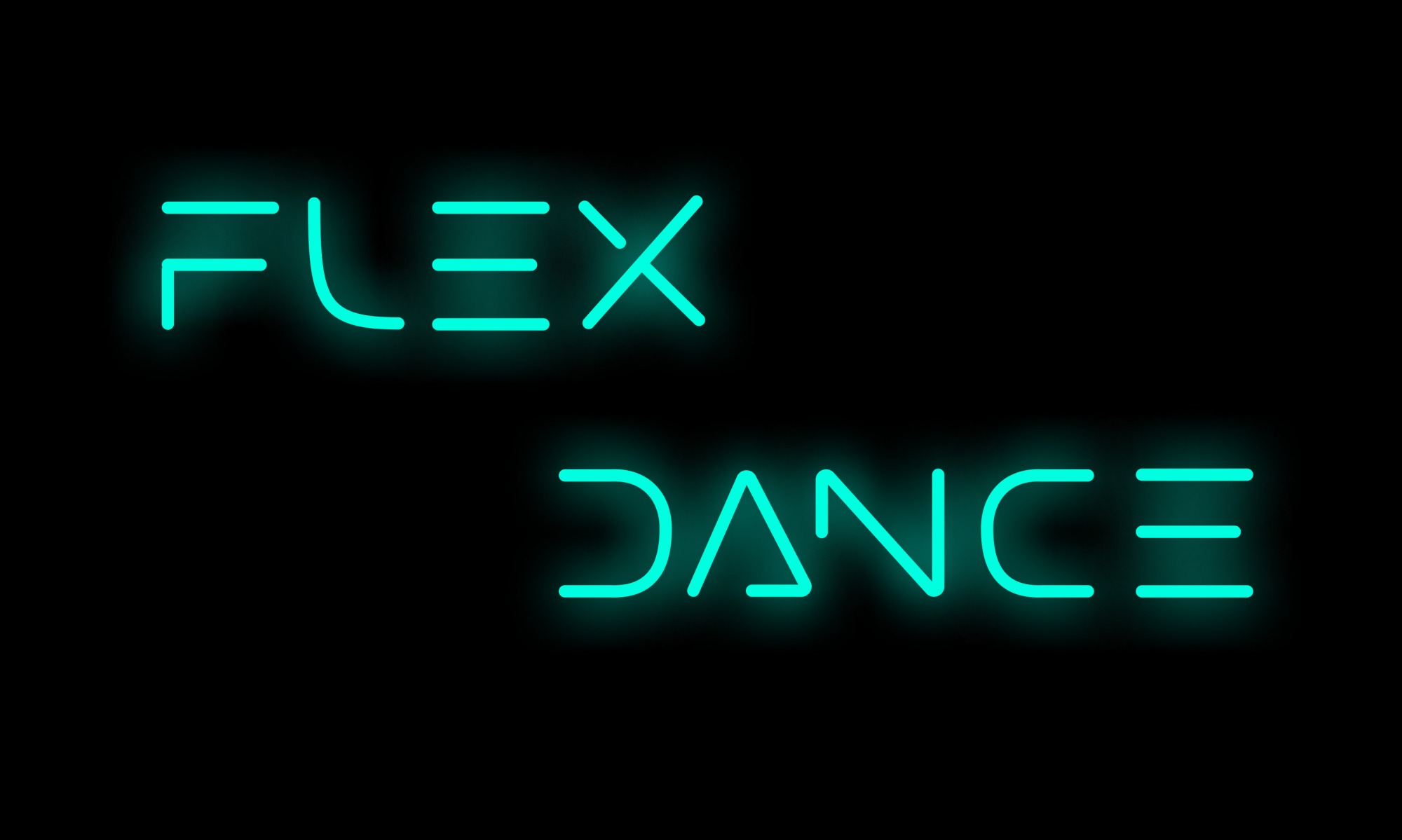For this week, our main focus as a group was working on the Design Review presentation. Working on the design review also helped us clarify further details about our design. We spent some time making diagrams and prototyping the look of the game screens. We discussed the GUI and the sensors in the mat in depth. For now, we have a good idea of what the GUI will look like. The sensors for the mat is something we have to test. We do have mitigation plans for if the sensors don’t work the way we want it to. Moreover, we received some of the materials we ordered and anticipate that we will receive the rest by Monday or Wednesday. On a smaller note, we also created a public GitHub in which we can share resources and keep our code centralized. We will add a link to the GitHub to the website later.
We still believe the biggest risk our project faces at this current time is procrastination or poor time management. By now, all three of us have experienced a minor delay in our schedule in some way. Our contingency plan remains the same: holding each other accountable and asking each other for help when necessary.
During this upcoming week, since we will be testing our sensors, we imagine that other issues might rise, particularly with how we envisioned our mat coverage. We have heard that the sensor we bought doesn’t seem to be bendable in the shape of a circle as we had hoped, but we will be testing it this week. Should the sensor prove to not meet our expectations, we have plans of laying it out in a ‘Z’ or ‘N’ shape instead of a circle over each square.
In terms of design, we had one major change to our mat this week. We decided to add one extra button on the top left (or top right, we haven’t figured out which) to act as a pause button, since pausing mid-game was a hassle with only the four arrows. Adding this extra button also helps because it can double as a confirm button in menus in which pausing is not necessary. This change, however, has incurred no updates to our schedule, since it simply involves buying more sensors and investing a couple more minutes into building the mat.



